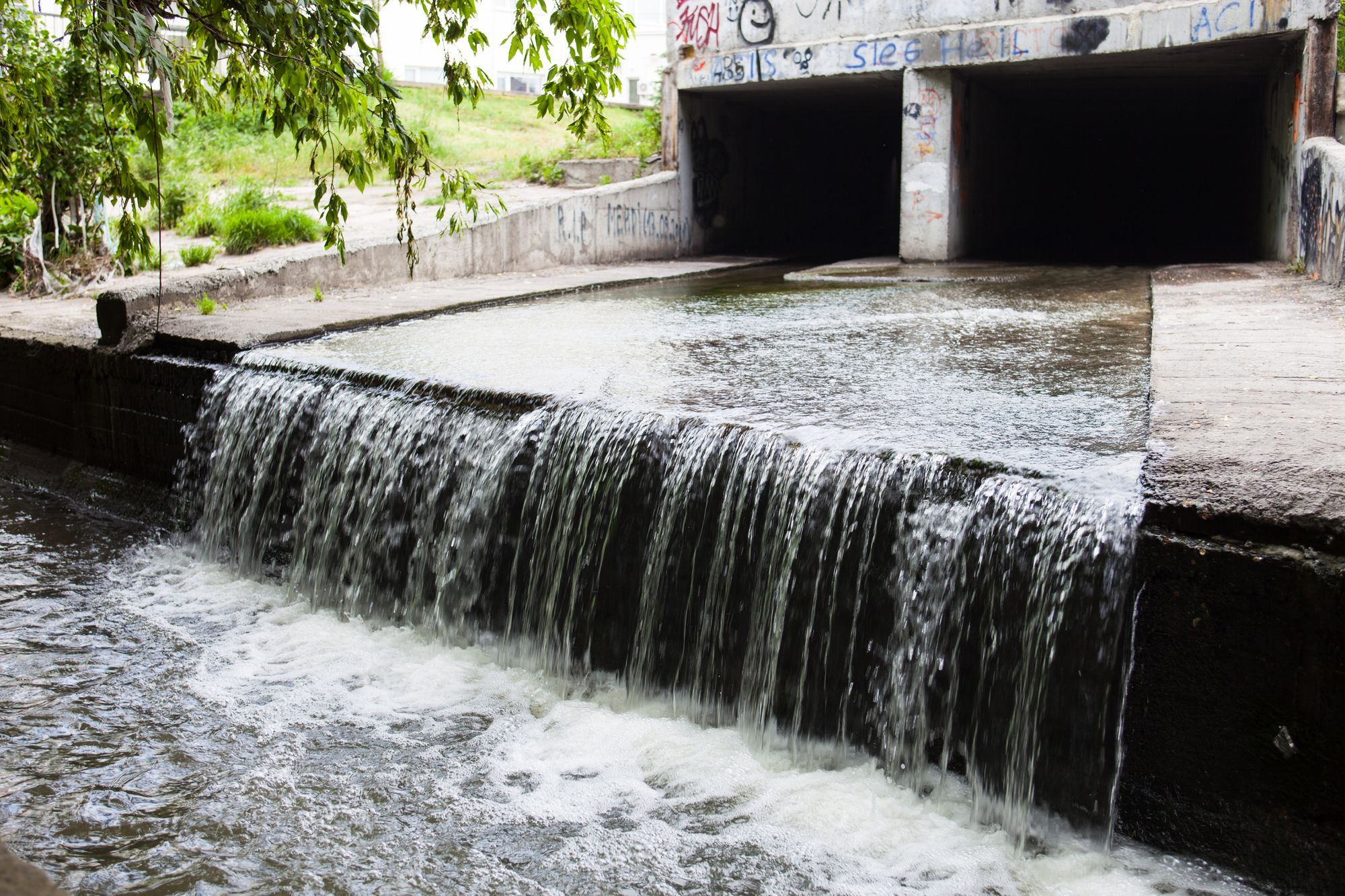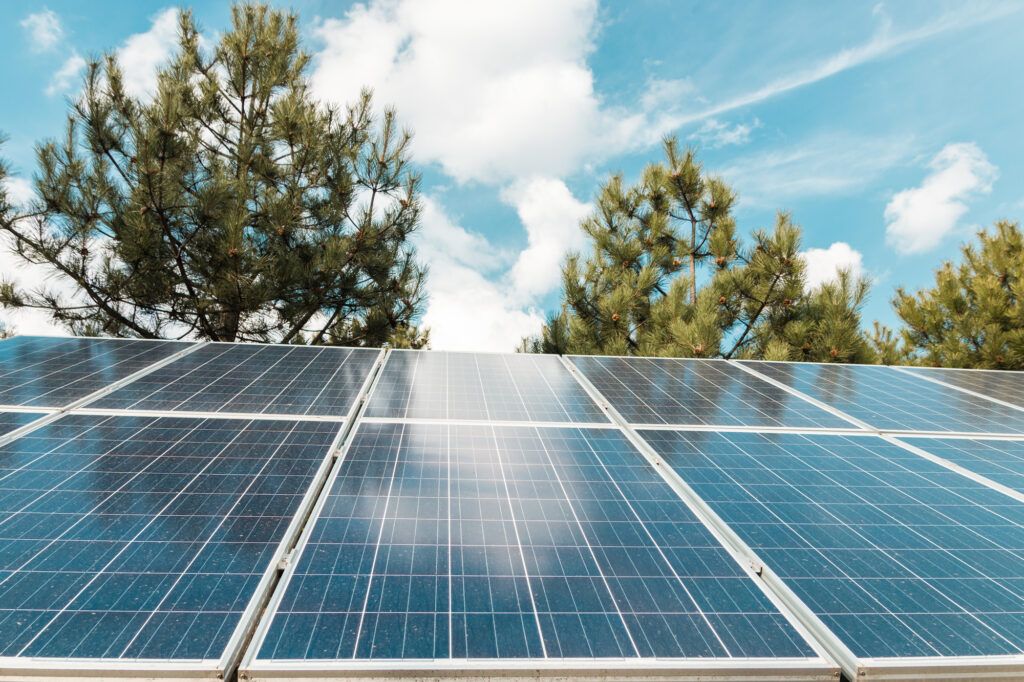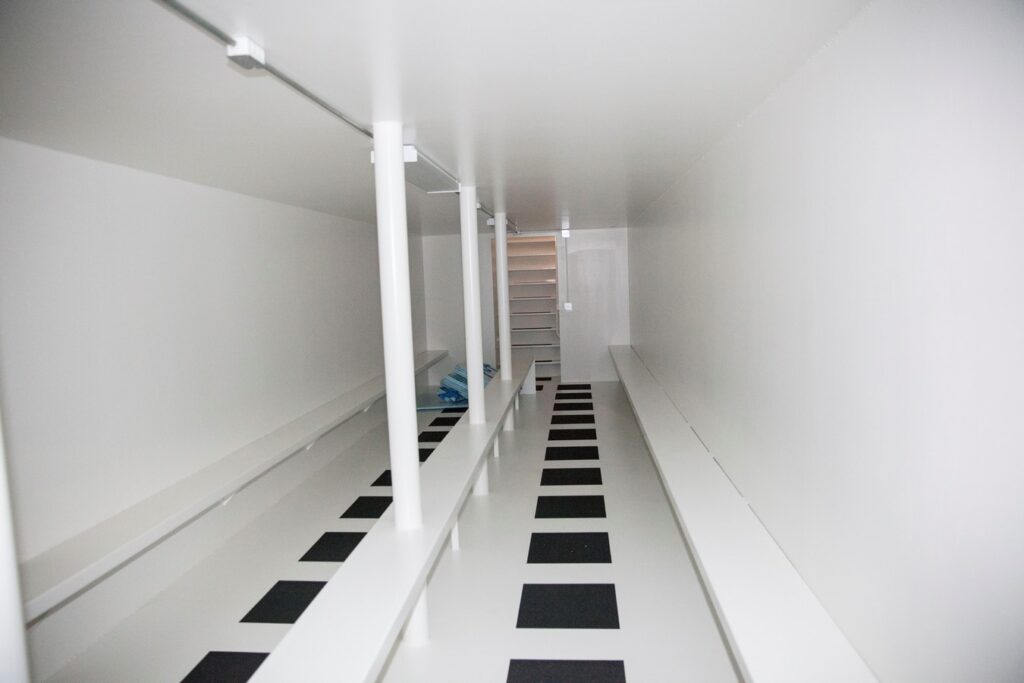Underground bunkers provide protection during nuclear attacks, bombs, adverse weather or other hazardous situations. These enclosed rooms are built underneath the Earth’s surface, offering an escape from dangerous conditions. Bunkers range widely in size and shape, consisting of anything from single rooms to extensive layouts with elevators.
Bunker construction requires attention to many environmental factors, such as stormwater. This water develops from rain or snow and flows over ground. If it becomes polluted, it creates hazards for your underground bunker and the overall environment. Learn more about stormwater runoff and how it can impact your underground bunker.
What Is Stormwater Runoff?
Stormwater runoff is rain or melted snow that runs along the ground. The excess water soaks into the ground, increasing its moisture content. In urban areas, stormwater flows through pavement, parking lots, sidewalks and other manmade paths. During its flow, it can pick up oil, chemicals, or other pollutants before reaching other streams or rivers. Because stormwater is untreated, it passes these pollutants onto existing water systems, increasing hazards.
What Are the Dangers of Stormwater Runoff?
Stormwater runoff poses risks for the environment and underground bunkers in particular. Its interrupted flow and spread of pollutants can expose many to hazards. These are a few stormwater runoff hazards:
- Water pollution: One of the most significant stormwater dangers is its impact on freshwater and saltwater. Pollutants like sediment, microorganisms, phosphorus and toxic chemicals are often present in stormwater. If it reaches water systems, it can make the water unfit to drink or use recreationally. Underground bunkers and all other infrastructures rely on safe water for drinking, cleaning and bathing.
- Flooding: Excessive stormwater runoff can also contribute to flooding, which has severe consequences for infrastructure, crops, ecosystems and animals. Earth absorbs stormwater, increasing the water content below the surface. The wetter the ground becomes, the less capable it is of soaking up rainwater in the future. These conditions can lead to increased flooding later. Stormwater can also cause flooding in your underground bunker if it manages to permeate it. Exposure to polluted water can cause further damage and hazards.
- Erosion: Stormwater can erode waterways and other natural landforms. Erosion disrupts ecosystems, posing serious threats to animals and their habitats. Erosion is also hazardous for underground bunkers — if the land surrounding your bunker wears away, you face increased exposure to the outside elements.
How to Limit Stormwater Runoff in Your Underground Bunker
During construction, you can take measures to limit stormwater runoff and prevent it from damaging your bunker. Many sites impacted by stormwater develop plans to address stormwater before it affects the surrounding environment.
For instance, stormwater pollution prevention plans (SWPPPs) detail the potential for stormwater and the strategies the site will use to combat it. SWPPPs include site descriptions, control methods, response plans, inspection procedures and other related information.
You can use many approaches to address stormwater runoff. Here are a few strategies:
1. Disconnect and Redirect Water
You can adjust your bunker’s surroundings by redirecting stormwater runoff flows. The redirection keeps stormwater away from concrete and other impervious surfaces, limiting its exposure to pollutants.
For instance, you could minimize downspouts. These pipes are connected to houses and other structures, and they direct water toward the street or pavement, which can then reach your underground bunker’s surface.
If you have multiple downspouts attached to your home or nearby places, consider redirecting them away from your underground bunker. It’s best for stormwater runoff to flow toward lawns or gardens so the ground can soak up the water. By pointing the stormwater away from your bunker and towards the landscape, you prevent it from contacting pollutants and accessing your underground structure.
- 2. Address Impervious Surfaces
Another way to limit stormwater runoff is by minimizing impervious surfaces. Materials like concrete cannot absorb water, causing stormwater runoff to flow over it and pick up various contaminants. During bunker construction, you should avoid building the structure near significant impervious surfaces like sidewalks.
Another way to address impervious surfaces is by installing permeable surfaces near your bunker. Options like pervious asphalt, concrete and other choices are designed to soak up water. They absorb water and allow it to reach soil and gravel instead of facilitating movement. If you implement these surfaces around your bunker, they can absorb stormwater runoff before it threatens your structure. Professional bunker construction services can help you survey your site and recommend the best positions for installation.
- Plant More Trees
Trees are an excellent option for minimizing stormwater runoff. Their leafy canopies serve as resting points for falling rain. Rainwater lands on the leaves instead of concrete surfaces and evaporates after a certain amount of time. This setup restricts stormwater flow and minimizes erosion. In addition, tree roots absorb water and use it to promote growth.
Trees also have positive environmental impacts. They improve air quality by absorbing pollutants through their leaves. They also emit the oxygen necessary for humans to breathe. Many trees gathered in one place can also conceal your bunker, preventing others from finding it.
You can plant trees in the area around your underground bunker to reduce stormwater’s access to your structure. Trees can take many years to reach full maturity, but even small growth can benefit your bunker and the surrounding environment. Research tree types and find options that match your preferences for appearance or functionality.
4. Create a Collection System
In addition to external stormwater solutions, you might want to use underground structures to minimize its effects. You can build an underground collection system to manage stormwater if it manages to reach your bunker. For instance, collection platforms catch water before it touches your belongings. You can design the platforms to drain water into other ground areas.
Other bunker owners install outlets and inlets that catch and reroute water before it reaches your living space. You can dig these channels above your bunker to prevent the water from moving toward your belongings. The more preparation you take, the better you can handle water when it progresses underground.
5. Use Extra Reinforcements During Construction
If you live in a flood-prone area or expect stormwater runoff to be an issue for your bunker, consider using extra reinforcement or waterproof materials during construction. Underground bunkers can consist of many material types, depending on your selected rooms and layout.
The external structure is commonly made out of steel to provide the most durable protection possible. Layers of concrete surround the structure for complete enclosure. If stormwater rests too long on the concrete, it could degrade the material and eventually enter your bunker. Its entry could damage your structure or personal belongings.
You can add extra reinforcing materials to completely seal your structure and prevent stormwater from entering. Waterproofing options can limit the build-up of standing water. Many people work with professional bunker construction services to design the optimal concrete mix that matches your needs.
Protect Your Bunker From Stormwater Runoff
Using the above suggestions can help you create a safe and secure bunker for your needs. When you’re planning to build your bunker, think about the potential impacts of stormwater runoff, and consider working with a professional construction company to ensure the process goes smoothly.







Get involved!
Comments